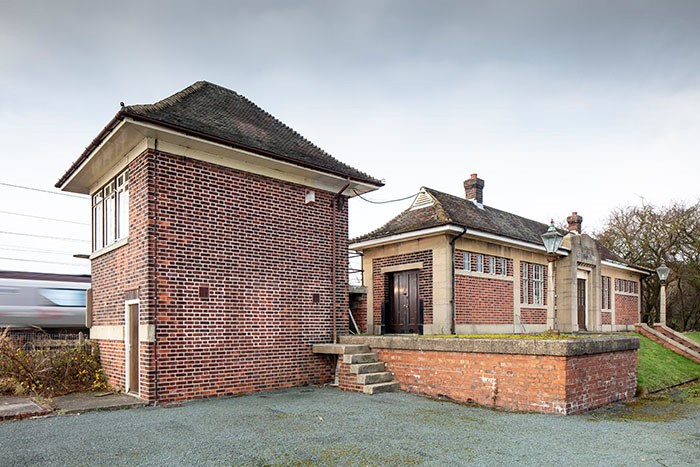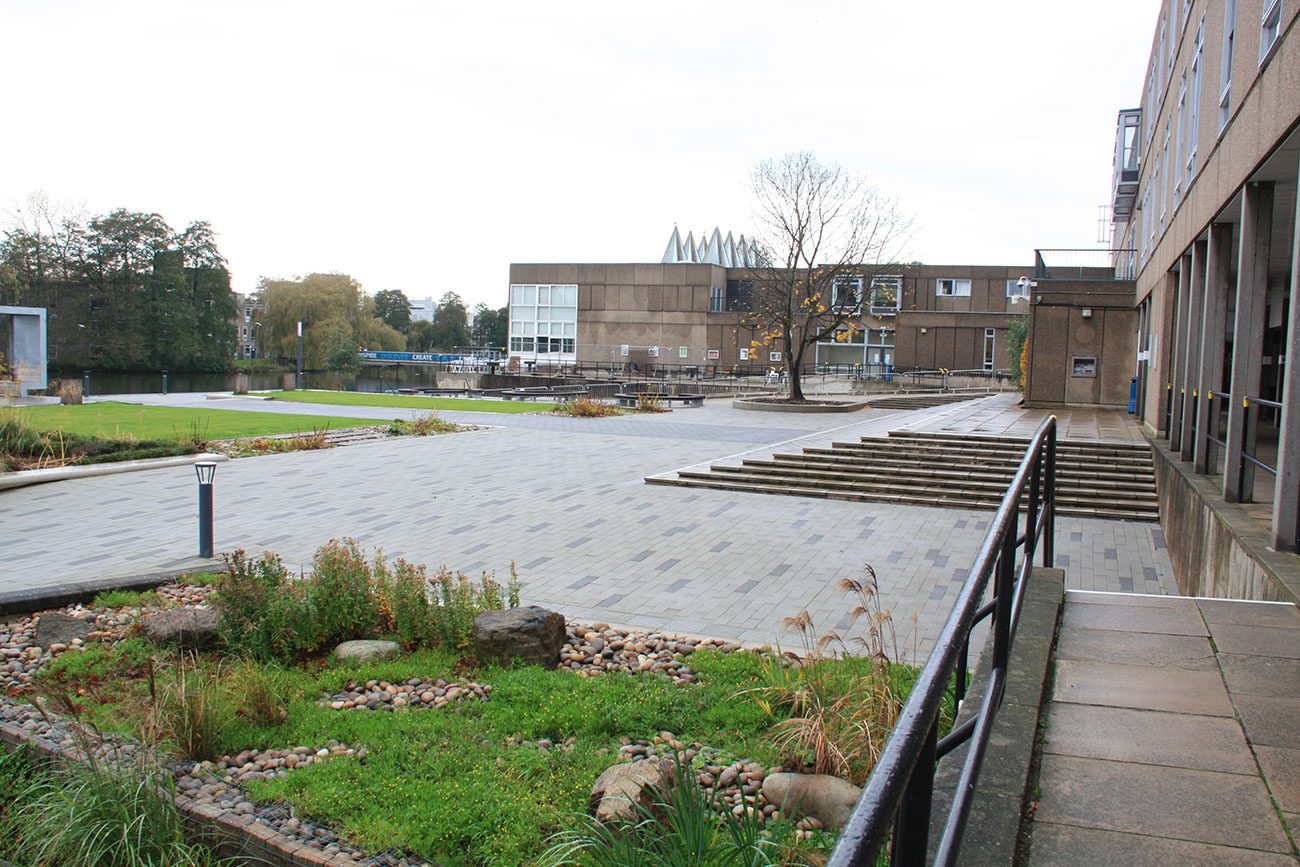More than 920 buildings and sites were listed in England this year.
Now Historic England has picked 23 of the most remarkable to achieve that status – including two in York.
We are used to the city’s centuries-old heritage being admired and lauded. But these two locations don’t always enjoy universal praise.
But it is good to see some of our more modern historic fabric gaining recognition. The two are…
1. University of York, Central Hall

Historic England says:
-
The balcony is a stunning feat, running along the first-floor level on the east side of the building and rising to the second-floor level with wide concrete stairs covered by tiles.
2. University of York, Campus West

Historic England says:
-
Offering bursts of green against the surrounding concrete structures are the lake features, reed beds and lily pads, which were introduced to improve water purity.
North Yorkshire duo
The list also includes two buildings from North Yorkshire.

It is now privately owned – and listed Grade II.
“Travellers on the East Coast Main Line north of York typically pass the former Otterington Railway Station at over 100 miles per hour: blink and you miss it,” says Historic England.

And the Cappleside Barn at Rathmell also makes the list.
A large barn built in 1714, it has a remarkable ornamental roof structure with carefully shaped timbers that also include carved motifs such as “daisy-wheels”. It has been listed Grade II*.
Historic England said: “The barn, with a cutting-edge design for its time, includes integrated housing for cows which allowed more cattle to be kept over the winter, increasing herd sizes and farming prosperity.”
